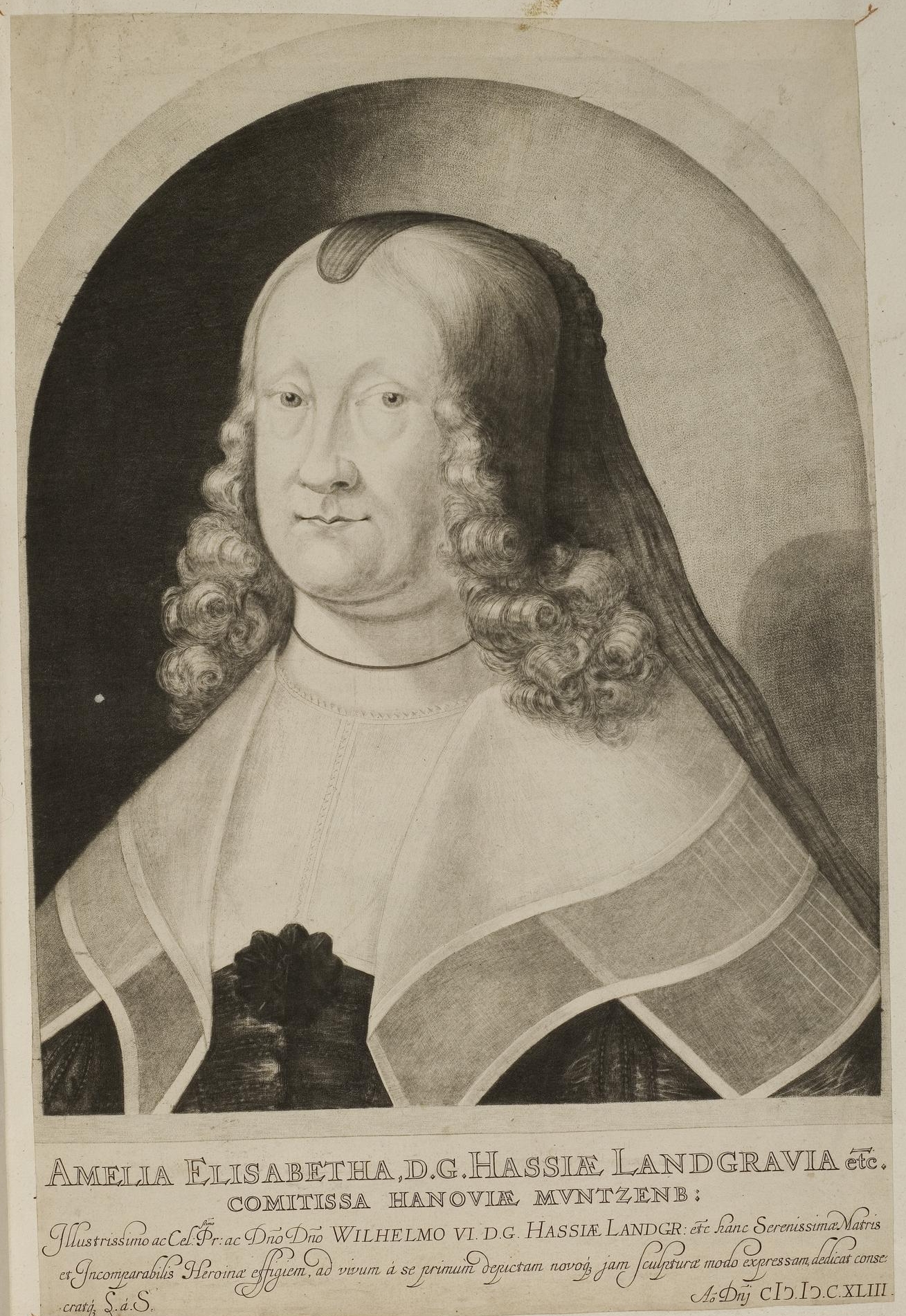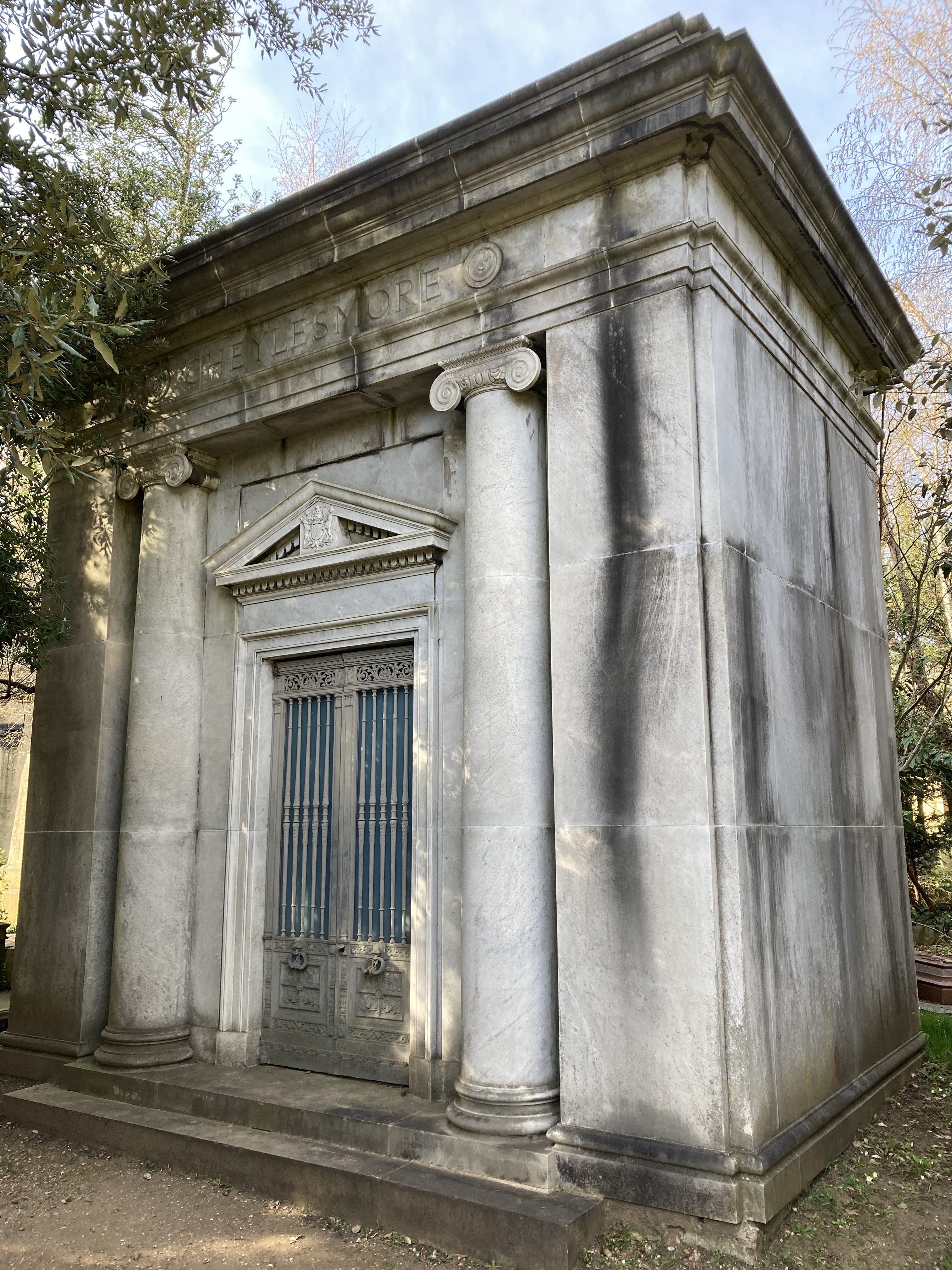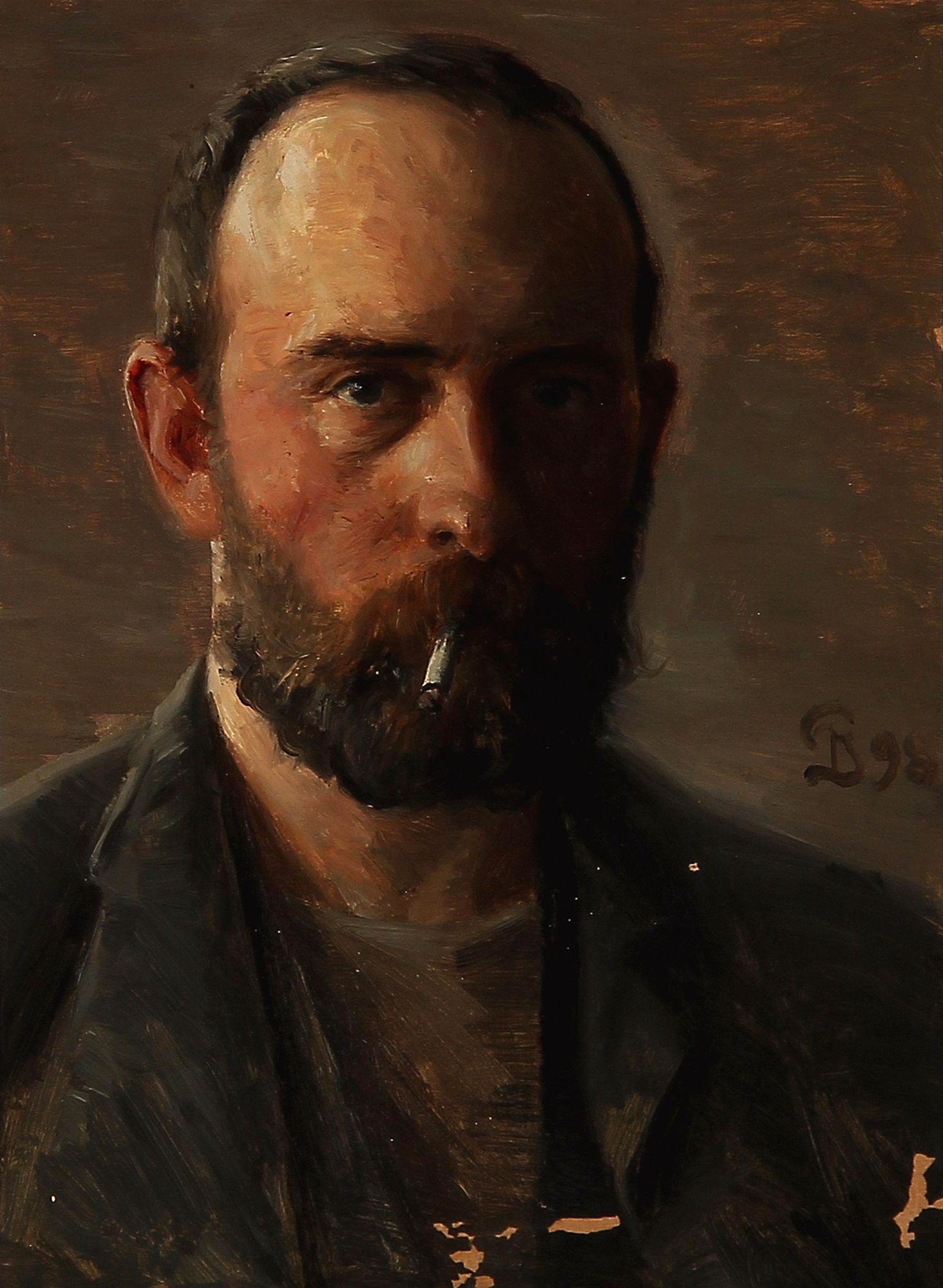|
Mezzotint
Mezzotint is a monochrome printmaking process of the intaglio (printmaking), intaglio family. It was the first printing process that yielded half-tones without using line- or dot-based techniques like hatching, cross-hatching or stipple. Mezzotint achieves tonality by roughening a metal plate with thousands of little dots made by a metal tool with small teeth, called a "rocker". In printing, the tiny pits in the plate retain the ink when the face of the plate is wiped clean. This technique can achieve a high level of quality and richness in the print, and produce a furniture print which is large and bold enough to be framed and hung effectively in a room. Mezzotint is often combined with other intaglio techniques, usually etching and engraving, including stipple engraving. The process was especially widely used in England from the eighteenth century, and in France was called ''la manière anglais'' (“the English manner”). Until the 20th century it has mostly been used for ... [...More Info...] [...Related Items...] OR: [Wikipedia] [Google] [Baidu] |
Ludwig Von Siegen
Ludwig von Siegen (c. March 1609 Cologne – c. 1680 Wolfenbüttel, Germany) was a German soldier and amateur engraver, who invented the printmaking technique of mezzotint, a printing-process reliant on mechanical pressure used to print more complex engravings than previously possible. He was a well-educated aristocrat, and a Lieutenant-Colonel who commanded the personal guard of William VI, Landgrave of Landgraviate of Hesse-Kassel, Hesse-Kassel (or Hesse-Cassel), and acted as a personal aide to the ruler, with the title ''kammerjunker'' or Chamberlain (office), Chamberlain. Early life Siegen came from an aristocratic family, and may have been born in the family castle of Von Sechten near Cologne, not in Utrecht, as traditionally believed, as he was baptised in Cologne March 1609.KL Spangeberg (ed), Six Centuries of Master Prints, Cincinnati Art Museum, 1993, no , His mother had died (perhaps in his birth) and his father moved to Holland when Ludwig was young, apparently becau ... [...More Info...] [...Related Items...] OR: [Wikipedia] [Google] [Baidu] |
William Eaton, 2nd Baron Cheylesmore
William Meriton Eaton, 2nd Baron Cheylesmore (15 January 1843 – 10 July 1902) is best remembered as a leading collector of English mezzotint portraits, and collector of other art. His mezzotints and other prints, over 10,000 in number, were left to the British Museum, and five oil paintings to the National Gallery, London. He also stood unsuccessfully for Parliament for the Conservative Party at Macclesfield in 1868, 1874 and 1880, and held a nominal partnership in the family silk business. As his elder brother had predeceased him, he became 2nd Baron Cheylesmore, which is pronounced "Chylsmore", in 1891 on the death of his father Henry William Eaton, 1st Baron Cheylesmore (1816–1891). He never married, and was succeeded by his younger brother Herbert, a major-general and sportsman. Early and private life Eaton was born in 9 Gloucester Place near Regent's Park, the second of three sons of Henry William Eaton and his wife Charlotte Gorham (née Harman). His parent also ... [...More Info...] [...Related Items...] OR: [Wikipedia] [Google] [Baidu] |
Frank Short
Sir Francis Job Short PPRE (19 June 1857 – 22 April 1945) was a British printmaker and teacher of printmaking. He revived the practices of mezzotint and pure aquatint, while expanding the expressive power of line in drypoint, etching and engraving. Short also wrote about printmaking to educate a wider public and was President of the Royal Society of Painter Etcher & Engavers (now styled the Royal Society of Painter-Printmakers) from 1910 to 1938. He was a member of the Art Workers' Guild and was elected Master in 1901. Biography Francis (Frank) Job Short was born on 19 June 1857, in Wollaston, a suburb of Stourbridge, Worcestershire. He was first educated to be a civil engineer. Short was engaged on various works in the Midlands until 1881, when he came to London as assistant to Baldwin Latham in connection with the Parliamentary Inquiry into the pollution of the river Thames. In 1883 he was elected an associate member of the Institution of Civil Engineers. Having st ... [...More Info...] [...Related Items...] OR: [Wikipedia] [Google] [Baidu] |
Prince Rupert Of The Rhine
Prince Rupert of the Rhine, Duke of Cumberland, (17 December 1619 ( O.S.) 7 December 1619 (N.S.)– 29 November 1682 (O.S.) December 1682 (N.S) was an English-German army officer, admiral, scientist, and colonial governor. He first rose to prominence as a Royalist cavalry commander during the English Civil War. Rupert was the third son of the German Prince Frederick V of the Palatinate and Elizabeth, eldest daughter of King James VI and I of England and Scotland. Prince Rupert had a varied career. He was a soldier as a child, fighting alongside Dutch forces against Habsburg Spain during the Eighty Years' War (1568–1648), and against the Holy Roman Emperor in Germany during the Thirty Years' War (1618–1648). Aged 23, he was appointed commander of the Royalist cavalry during the English Civil War, becoming the archetypal "Cavalier" of the war and ultimately the senior Royalist general. He surrendered after the fall of Bristol and was banished from England. He serv ... [...More Info...] [...Related Items...] OR: [Wikipedia] [Google] [Baidu] |
John Smith (engraver)
John Smith () was an English mezzotint engraver and print seller. Closely associated with the portrait painter Godfrey Kneller, Smith was one of leading exponents of the mezzotint medium during the late 17th and early 18th centuries, and was regarded among first English-born artists to receive international recognition, along the younger painter William Hogarth. Life Smith was born in Daventry, Northamptonshire, about 1652. He was articled to a painter named Tillet in London, and studied mezzotint engraving under Isaac Beckett and Jan van der Vaart. Smith became the favourite engraver of Sir Godfrey Kneller, whose paintings he extensively reproduced, and in whose house he is said to have lived for some time. At the end of his career, Smith retired to Northamptonshire, where he died on 17 January 1742 at age 90. He was buried in the churchyard of St Peter's, Northampton church, where there was a tablet to his memory and that of his wife Sarah, who died in 1717. Works Smith c ... [...More Info...] [...Related Items...] OR: [Wikipedia] [Google] [Baidu] |
Aquatint
Aquatint is an intaglio printmaking technique, a variant of etching that produces areas of tone rather than lines. For this reason it has mostly been used in conjunction with etching, to give both lines and shaded tone. It has also been used historically to print in colour, both by printing with multiple plates in different colours, and by making monochrome prints that were then hand-coloured with watercolour. The term colour etching, frequently used in the art trade, is potentially ambiguous, but most often means one of these two options. It has been in regular use since the later 18th century, and was most widely used between about 1770 and 1830, when it was used both for artistic prints and decorative ones. After about 1830 it lost ground to lithography and other techniques. There have been periodic revivals among artists since then. An aquatint plate wears out relatively quickly, and is less easily reworked than other intaglio plates. Many of Goya's plates were reprin ... [...More Info...] [...Related Items...] OR: [Wikipedia] [Google] [Baidu] |
Reproductive Print
An old master print (also spaced masterprint) is a work of art produced by a printing process within the Western tradition (mostly by Old Masters). The term remains current in the art trade, and there is no easy alternative in English to distinguish the works of "fine art" produced in printmaking from the vast range of decorative, utilitarian and popular prints that grew rapidly alongside the artistic print from the 15th century onwards. Fifteenth-century prints are sufficiently rare that they are classed as old master prints even if they are of crude or merely workmanlike artistic quality. A date of about 1830 is usually taken as marking the end of the period whose prints are covered by this term. The main techniques used, in order of their introduction, are woodcut, engraving, etching, mezzotint and aquatint, although there are others. Different techniques are often combined in a single print. With rare exceptions printed on textiles, such as silk, or on vellum, old master print ... [...More Info...] [...Related Items...] OR: [Wikipedia] [Google] [Baidu] |
Abraham Bloteling
Abraham Blooteling (or Bloteling) (1634–1690) was a Dutch designer and engraving, engraver. Life He was born at Amsterdam. From the style of his etchings it is likely that he was a pupil of the Visschers. Following the Franco-Dutch War, French incursions into the Netherlands in 1672, he went to England, where he met with some success, but only stayed for two or three years. Blooteling produced a large number of etchings, some line engravings, and also worked in mezzotint, a technique he is known to have adopted by 1671. He has sometimes been credited with the invention of the "rocker" as a tool for the preparation of mezzotint plates, and with introducing the technique into England. In 1685 he published the collection of gems of Leonardo Agostini, etched by himself. He sometimes signed his plates with his name at length, and sometimes with a monogram, composed of the letters 'A' and 'B'. Bloteling was a bachelor and a friend of Gerard de Lairesse, who also lived on Prinsengrach ... [...More Info...] [...Related Items...] OR: [Wikipedia] [Google] [Baidu] |
Stipple Engraving
Stipple engraving is a technique used to create tone in an Intaglio (printmaking), intaglio print by distributing a pattern of dots of various sizes and densities across the image. The pattern is created on the printing plate either in engraving by gouging out the dots with a Burin (engraving), burin, or through an etching process. Stippling was used as an adjunct to conventional line engraving and etching for over two centuries, before being developed as a distinct technique in the mid-18th century. The technique allows for subtle tonal variations and is especially suitable for reproducing chalk drawings. Early history Stipple effects were used in conjunction with other engraving techniques by artists as early as Giulio Campagnola () and Ottavio Leoni (1578–1630), although some of Campagnola's small prints were almost entirely in stipple. In Holland in the seventeenth century, the printmaker and goldsmith Jan Lutma developed an engraving technique, known as ''opus mallei'', i ... [...More Info...] [...Related Items...] OR: [Wikipedia] [Google] [Baidu] |
Peter Ilsted
Peter Ilsted (14 February 1861 – 16 April 1933) was a Danish printmaker and painter. He was most associated with domestic interior scenes. Biography Peter Vilhelm Ilsted was born at Sakskøbing in Guldborgsund, Denmark. He was the son of merchant Jens Peter Ilsted and Johanne Sophie Lund. His sister Ida married the painter Vilhelm Hammershøi (1864–1916) in 1891. He married Ingeborg Lovisa Petersen (1869–1945) in 1891. He came to the Royal Danish Academy of Fine Arts in 1878, completing his course of study in five years. He made his debut at the Charlottenborg Spring Exhibition in 1883. Two years later, he joined a study trip across Italy to Egypt, Palestine, Greece and Turkey. Later he visited Scotland, England, Holland, Belgium, Spain, Morocco and France. With support from the Cultural Ministry, he traveled to the Exposition Universelle (1889) in Paris. He was awarded the Eckersberg Medal in 1890 and 1899. He became an assistant at the Royal Danish Academy from 18 ... [...More Info...] [...Related Items...] OR: [Wikipedia] [Google] [Baidu] |
Peter Lely
Sir Peter Lely (14 September 1618 – 30 November 1680) was a painter of Dutch origin whose career was nearly all spent in England, where he became the dominant portrait painter to the court. He became a naturalised British subject and was knighted in 1679. Life Lely was born Pieter van der Faes to Dutch parents in Soest, Germany, Soest in Westphalia, where his father was an officer serving in the armed forces of the List of rulers of Brandenburg, Elector of Brandenburg. Lely studied painting in Haarlem, where he may have been apprenticed to Pieter de Grebber. He became a master of the Guild of Saint Luke in Haarlem in 1637. He is reputed to have adopted the surname "Lely" (also occasionally spelled Lily (name), Lilly) from a heraldry, heraldic lilium, lily on the gable of the house where his father was born in The Hague. He arrived in London in around 1643, His early English paintings, mainly mythological or religious scenes, or portraits set in a pastoral landscape, show ... [...More Info...] [...Related Items...] OR: [Wikipedia] [Google] [Baidu] |
Engraving
Engraving is the practice of incising a design on a hard, usually flat surface by cutting grooves into it with a Burin (engraving), burin. The result may be a decorated object in itself, as when silver, gold, steel, or Glass engraving, glass are engraved, or may provide an Intaglio (printmaking), intaglio printing plate, of copper or another metal, for printing images on paper as prints or illustrations; these images are also called "engravings". Engraving is one of the oldest and most important techniques in printmaking. Wood engravings, a form of relief printing and stone engravings, such as petroglyphs, are not covered in this article. Engraving was a historically important method of producing images on paper in artistic printmaking, in mapmaking, and also for commercial reproductions and illustrations for books and magazines. It has long been replaced by various photographic processes in its commercial applications and, partly because of the difficulty of learning the techni ... [...More Info...] [...Related Items...] OR: [Wikipedia] [Google] [Baidu] |











